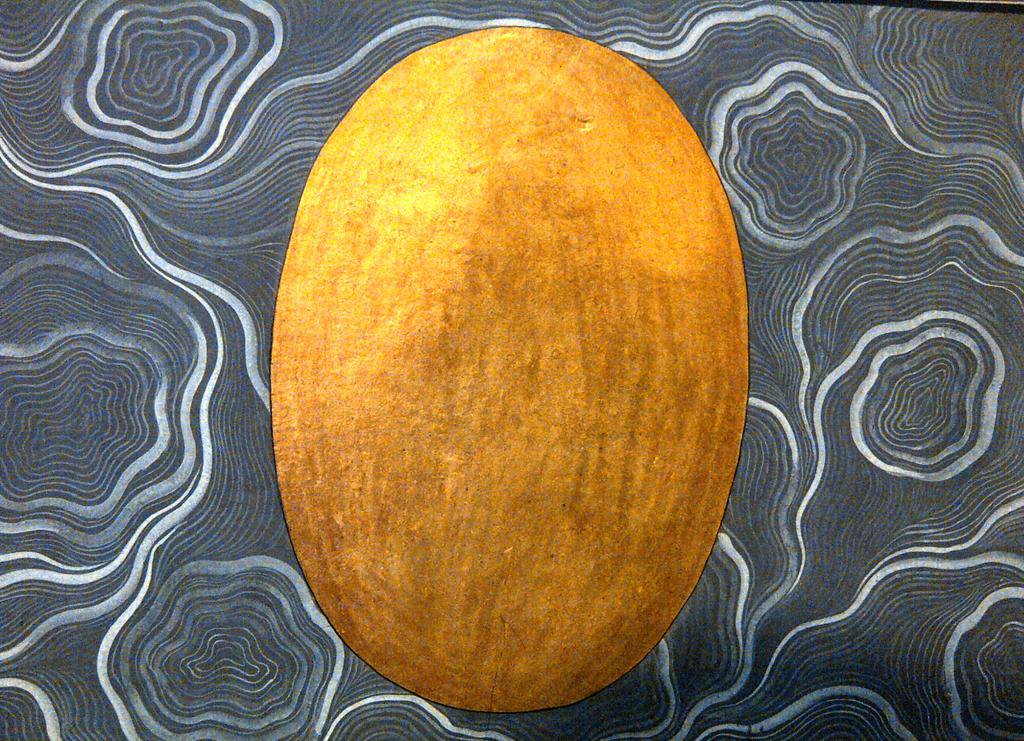
The Indian subcontinent is home to a rich variety of painting traditions, ranging from murals to illuminated manuscripts to devotional images. This module offers an introduction to the history of painting in India from the tenth through the twentieth century. By using case studies from the major religious traditions and courts of India—including Buddhist and Jain monastic communities, Islamic sultanates and empires, and regional kingdoms—this survey will explore the diversity of painting in South Asia as well as address its cultural and historical context. Students will encounter Buddhist palm-leaf manuscripts, sumptuously illuminated poems and stories, portraits of emperors and kings, and watercolour natural history studies. In doing so, we will move beyond the field’s traditional emphasis on style and patronage to develop questions about forms of artistic knowledge. Topics covered include the role of the artist, the impact of cross-cultural interactions, and alternative approaches to modes of depiction such as naturalism or portraiture. This module will be delivered through a combination of lectures, seminars, and visits to collections.
